Mastering Khinkali Technique Tips for Perfect Dumplings
12 min read Discover expert tips for mastering khinkali, ensuring perfectly crafted Georgian dumplings with authentic flavor and presentation. June 24, 2025 09:05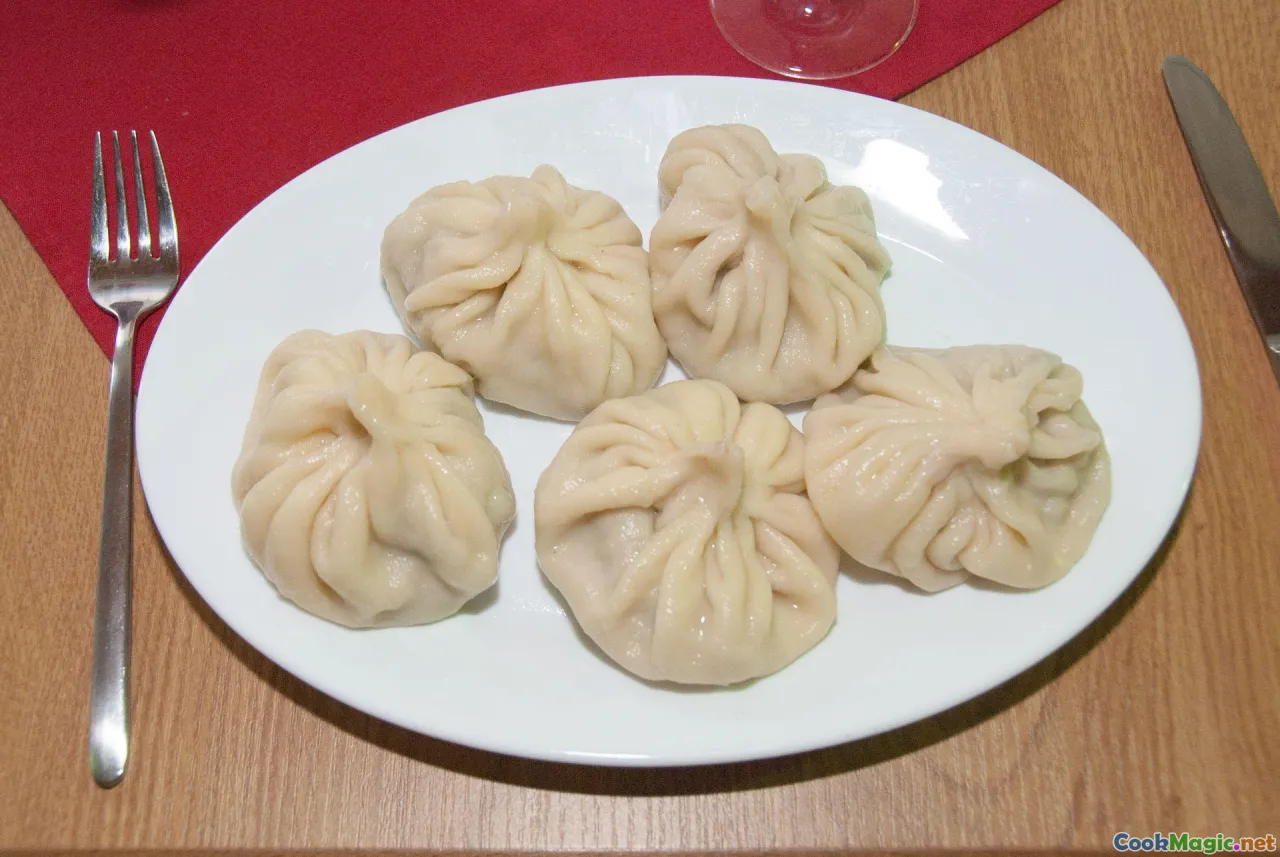
Mastering Khinkali Technique: Tips for Perfect Dumplings
In the lush valleys and rugged mountains of Georgia, the humble khinkali is more than just a dish—it's a cultural emblem, a ritual, a celebration of heritage that has been passed down through generations. The aroma of freshly boiled khinkali, with their crinkled pleats shimmering under a dusting of black pepper, evokes a warmth that transcends mere sustenance. As a culinary explorer, mastering the art of khinkali is akin to opening a window into Georgian soul—a harmonious blend of history, emotion, and meticulous craft.
Whether you're a home cook eager to bring Georgian tradition into your kitchen or a seasoned chef seeking to perfect an iconic dish, understanding the nuances of khinkali is essential. This guide delves deep into the secrets of crafting perfect khinkali, sharing practical tips, cultural insights, and personal anecdotes that breathe life into each dumpling.
Let's embark on this flavorful journey, one pleat at a time.
The Cultural Significance and Soul of Khinkali
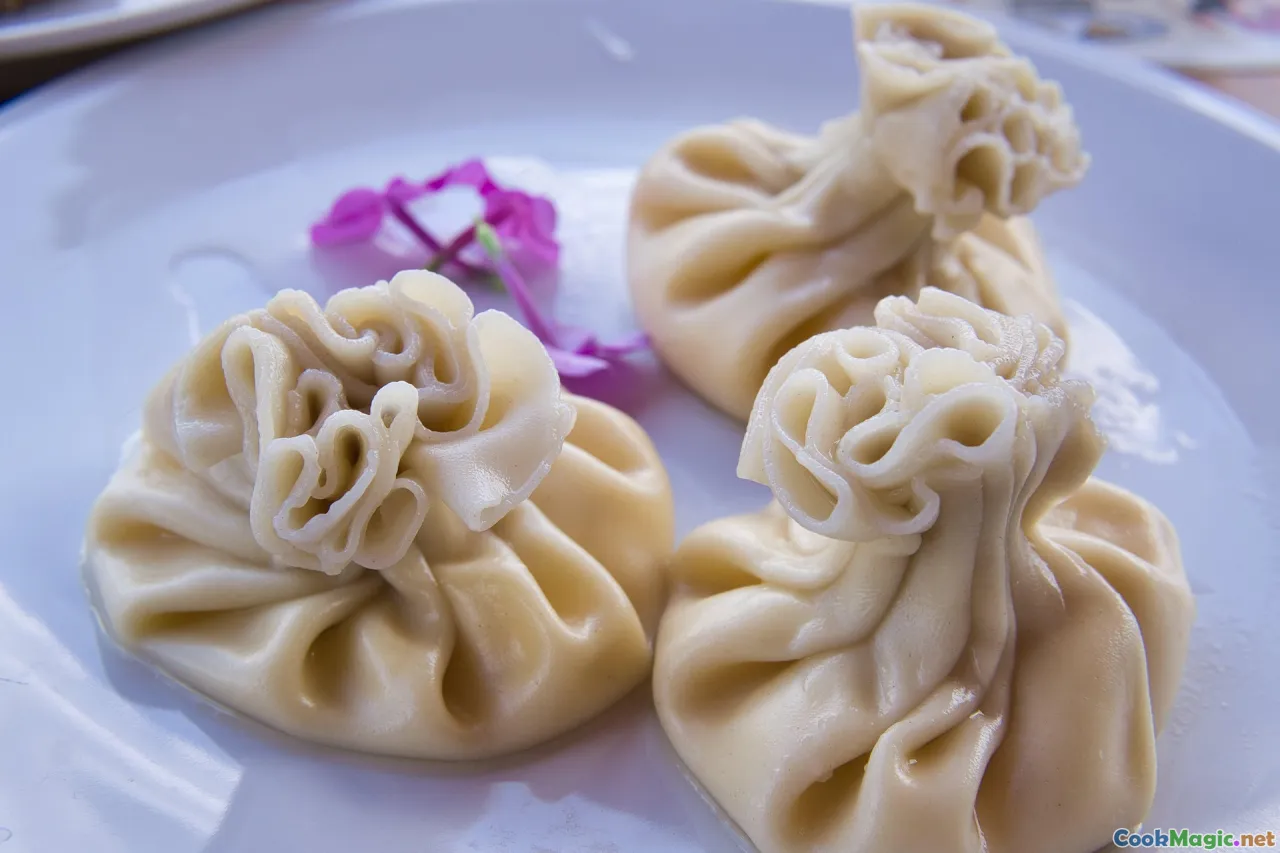
Khinkali originate from the mountainous regions of Georgia, notably the Khini and Khevsureti districts. It’s believed that their spiraled pleats symbolize the peaks and valleys of the Caucasian landscape, making each dumpling a mini landscape of Georgian geography and history. The ritual of eating khinkali is steeped in tradition—men and women gather around communal tables, sharing laughter, stories, and steaming bites that connect generations.
The essence of khinkali lies not just in its taste but in the act of eating. Traditionally, you hold the khinkali by its 'stem,' taking care to avoid piercing the juicy filling, and sip the flavorful broth before devouring the rest. This tactile, almost meditative process deepens your appreciation for Georgian hospitality and culinary artistry.
Ingredients that Define Authentic Khinkali
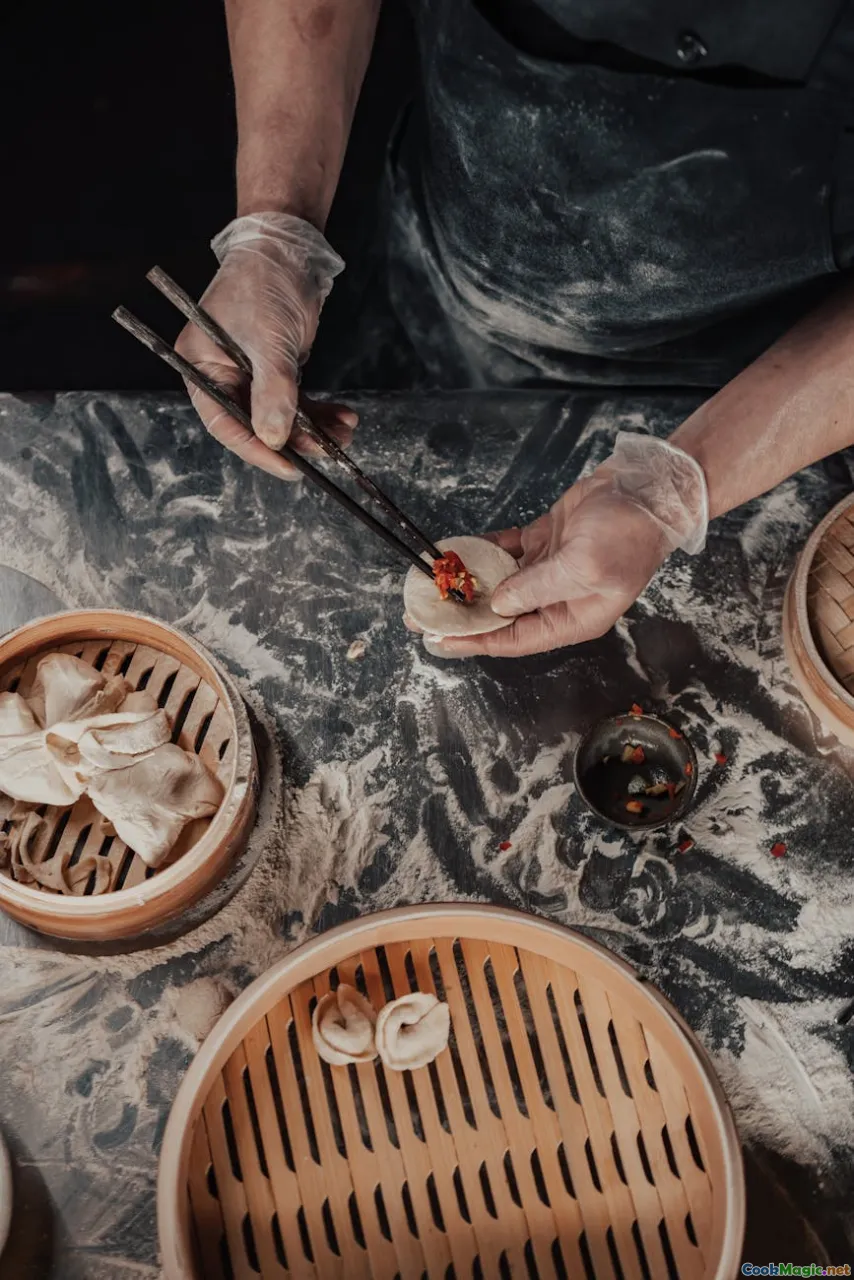
Authentic khinkali hinge on high-quality, simple ingredients. The foundational components are:
- Flour: Usually all-purpose or a mix of flours for a resilient, elastic dough.
- Water & Salt: Ensuring the dough is firm yet pliable.
- Meat: Traditionally, a mixture of coarse ground beef and pork; some regions add lamb or even wild game.
- Broth: Essential for juicy filling—homemade or high-quality stock enhances flavor.
- Seasonings: Minimal but impactful—salt, freshly ground black pepper, herbs like coriander or fenugreek.
Personal note: Do not underestimate the power of quality broth—it's the soul of the filling, transforming simple ground meat into a burst of savory richness. Always aim to use fresh, well-sourced ingredients; authenticity shines through when each component sings.
The Art of Dough Preparation: The Foundation of Perfect Khinkali
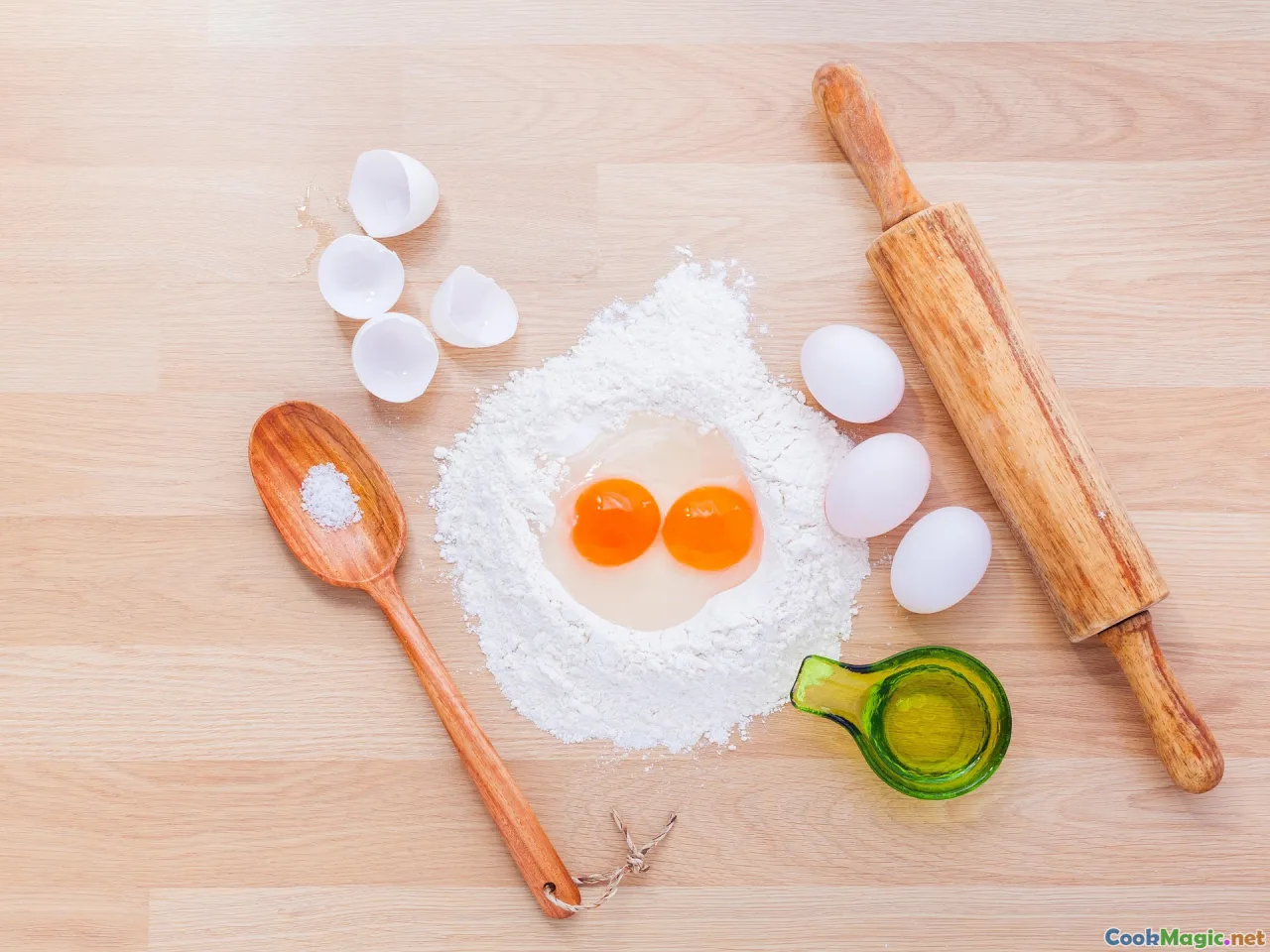
Mastering khinkali begins in the kitchen—specifically, with the dough. A resilient yet tender dough is the canvas that contains the meaty, flavorful filling.
Step-by-step guide:
- Mixing: Combine sifted flour with a pinch of salt. Make a well in the center and pour in cold water gradually.
- Kneading: Mix until the dough begins to come together; then knead vigorously for 10–15 minutes until it’s smooth, elastic, and springs back when pressed.
- Resting: Cover with a damp cloth and let it rest for at least 30 minutes. Resting develops gluten, resulting in a resilient dough that won’t tear during pleating.
Tips for excellence:
- Use cold water for a firmer dough.
- Don’t overwork the dough beyond a shiny, smooth consistency.
- Rest thoroughly; this step is crucial and often underestimated.
Crafting the Perfect Filling: Juicy, Flavorful, and Well-Balanced

The filling is the heart of khinkali, demanding precise mixing and balance. Here’s how to elevate your filling:
Ground meat and broth
In a traditional approach, the meat should be coarsely ground to retain a bit of texture. Mix it with the freshly prepared hot broth, which slightly cooks the meat and enhances juiciness.
Season thoughtfully
Salt draws out moisture and flavor, while cracked black pepper complements the richness. Fresh herbs like coriander or parsley add freshness, but stay understated—they shouldn’t overpower the meat.
The secreto: fat content
A good fat-to-meat ratio (around 20%) ensures tenderness and succulence. If using lean meat, add a small amount of rendered fat or a splash of beef or pork fat.
Personal insights:
- Don’t over-mix: The filling should feel loose but cohesive.
- Chill your filling before wrapping—it makes handling easier and results in a plumper dumpling.
The Art of Wrapping and Pleating
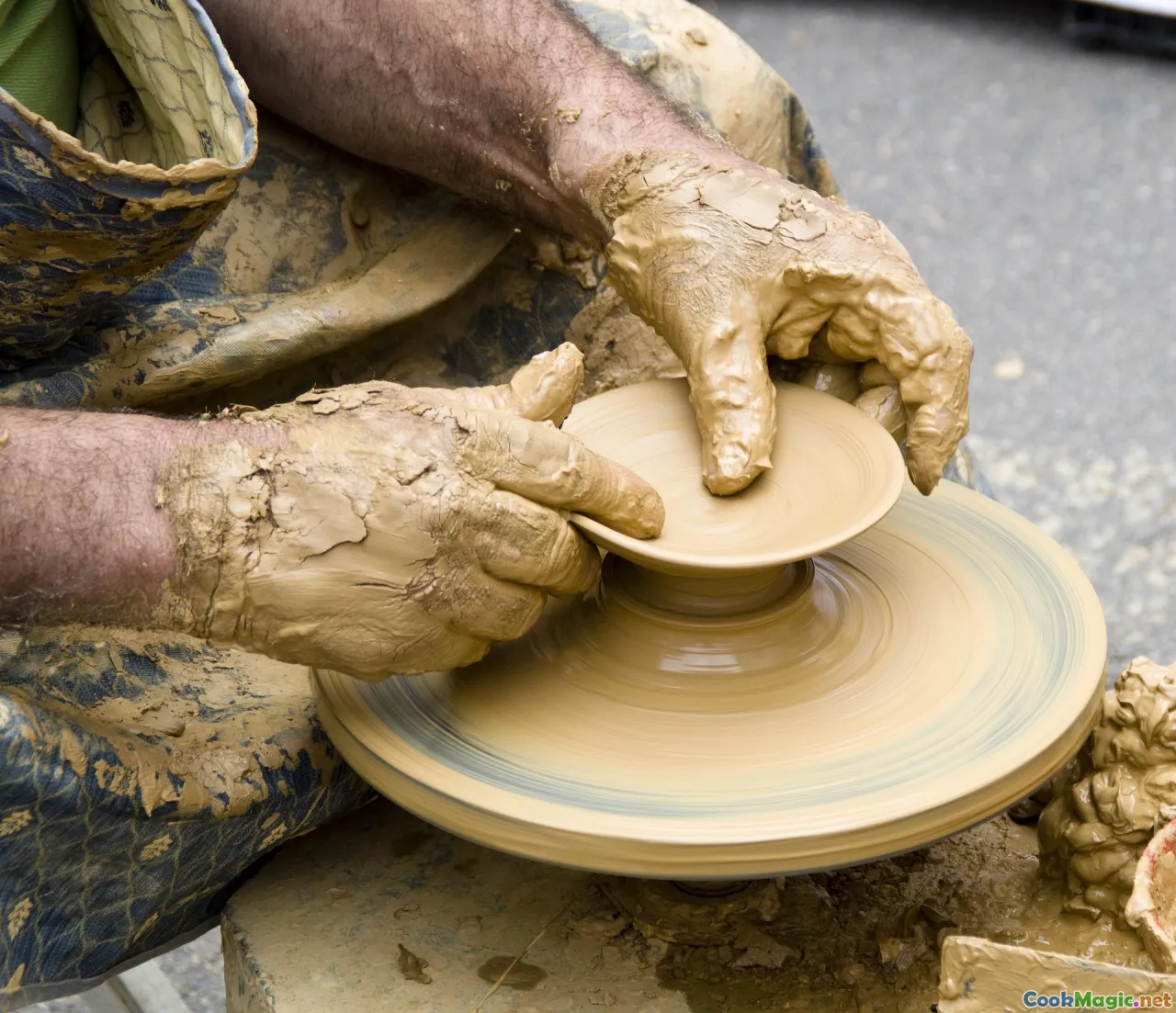
This step separates novice from master. Proper pleating ensures a secure seal and attractive appearance, plus it influences how well the juices stay trapped.
Technique tips:
- Divide dough into small, equal pieces.
- Roll each piece into a thin, round disc about 10–12 cm diameter.
- Place a generous spoonful of filling in the center.
- Start pleating from one side, pinching the dough up and folding it around the filling, pinching as you go.
- Aim for around 19–25 pleats, pinched together tightly at the top.
- Twist to seal the top securely.
Pro tip: Practice makes perfect. Watching master khinkali makers, you'll notice they use their thumb to gently fold each pleat, creating a beautiful, uniform pattern.
Shaping Magic: Achieving the Classic Spider-Shape
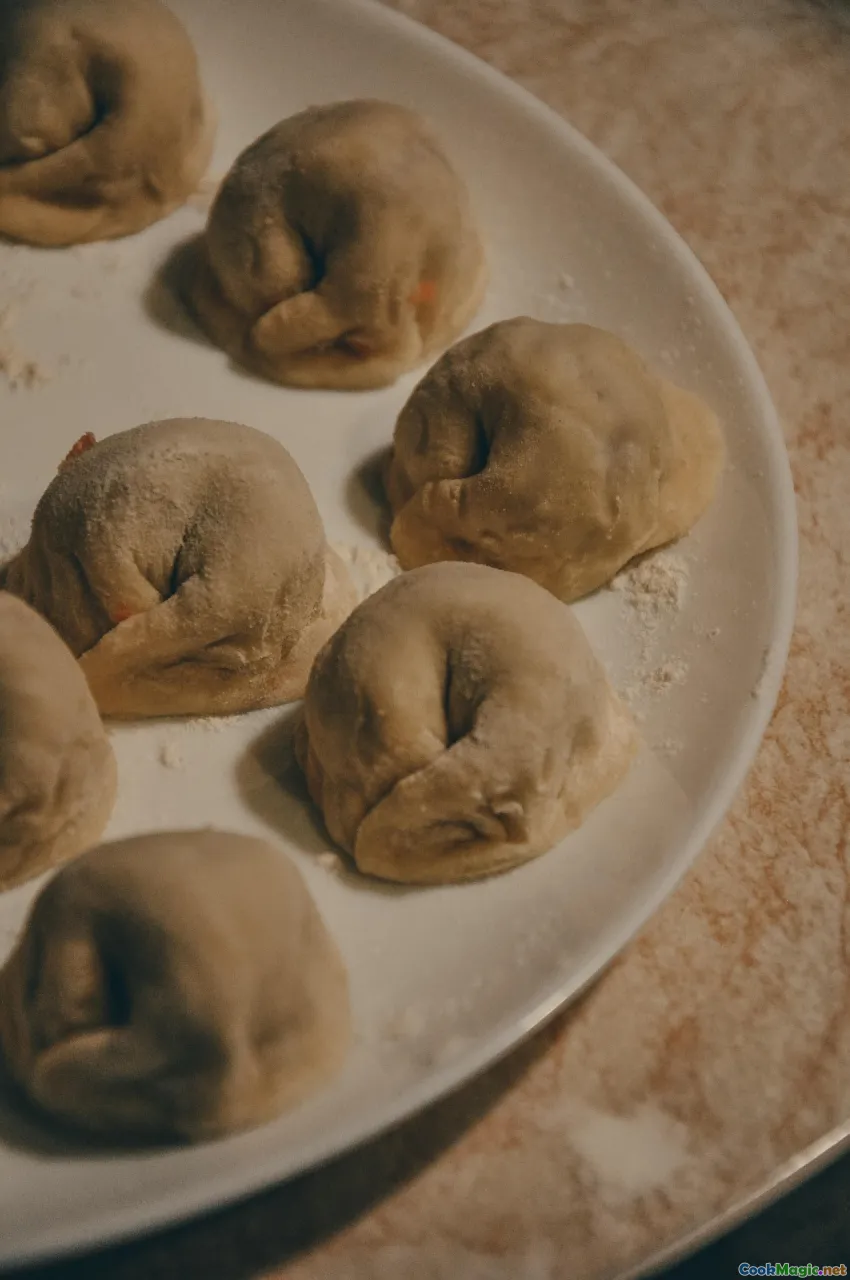
The iconic khinkali is often recognized by its sturdy, crinkled appearance—sometimes called a ‘spider’, owing to the pleats radiating out like webbing.
To achieve this:
- Pinch and gather pleats in your hand.
- Swirl them around into a tight top knot.
- Gently twist or pinch the top to secure.
- Gently flatten the bottom slightly for stability.
This shape isn’t just aesthetic; it makes handling and eating easier, keeping the juicy filling secure.
Cooking Khinkali: Boiling to Perfection
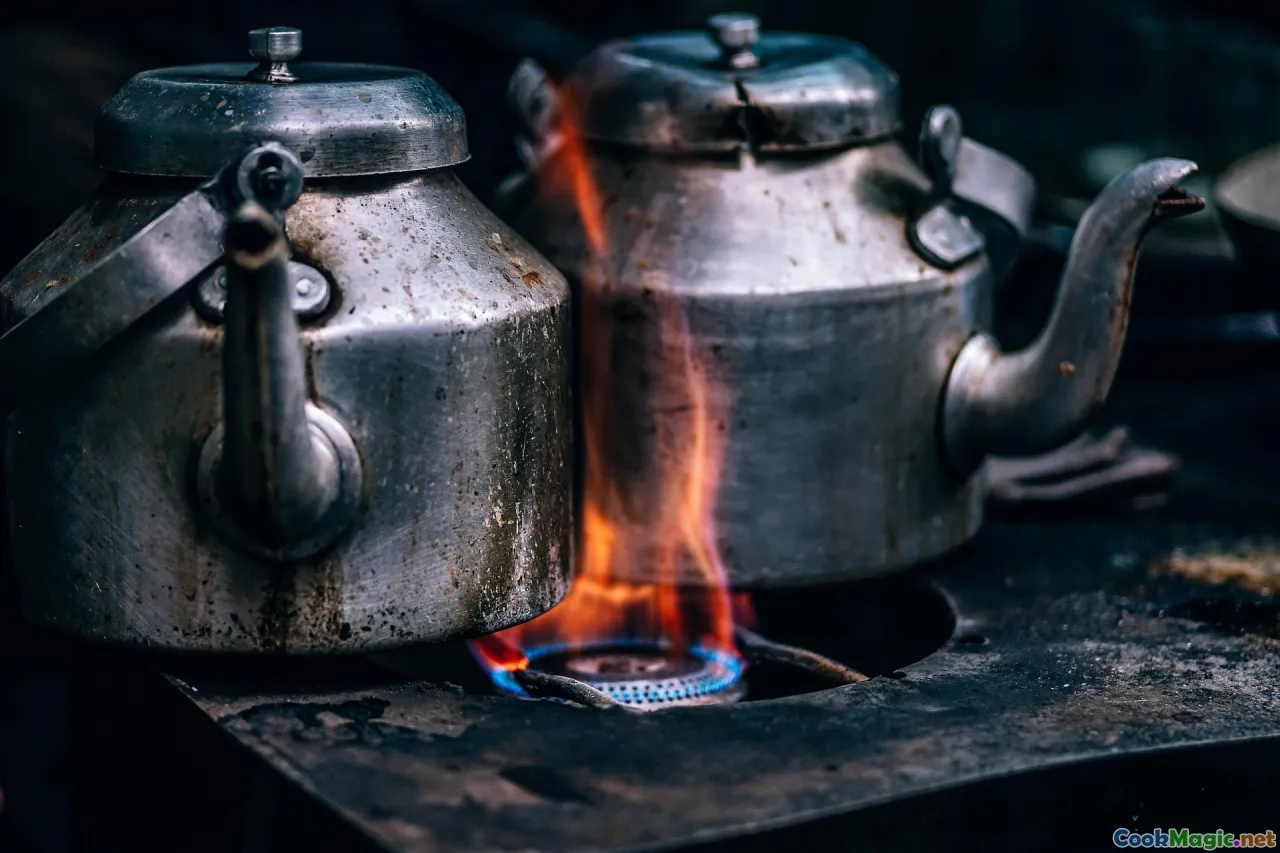
The final act is straightforward but critical:
- Bring a large pot of salted water to a rolling boil.
- Carefully drop khinkali in one at a time, ensuring they have room to move.
- Stir gently with a wooden spoon to prevent sticking.
- When they float to the surface, add a small splash of cold water; this process, called ’quenching’, helps the dumplings retain their shape.
- Repeat until all are cooked—typically 7–10 minutes.
Tip: The dumplings are done when they are plump, the pleats appear clumped together, and the meat inside is firm and cooked through.
Serving and Eating: The Ritual
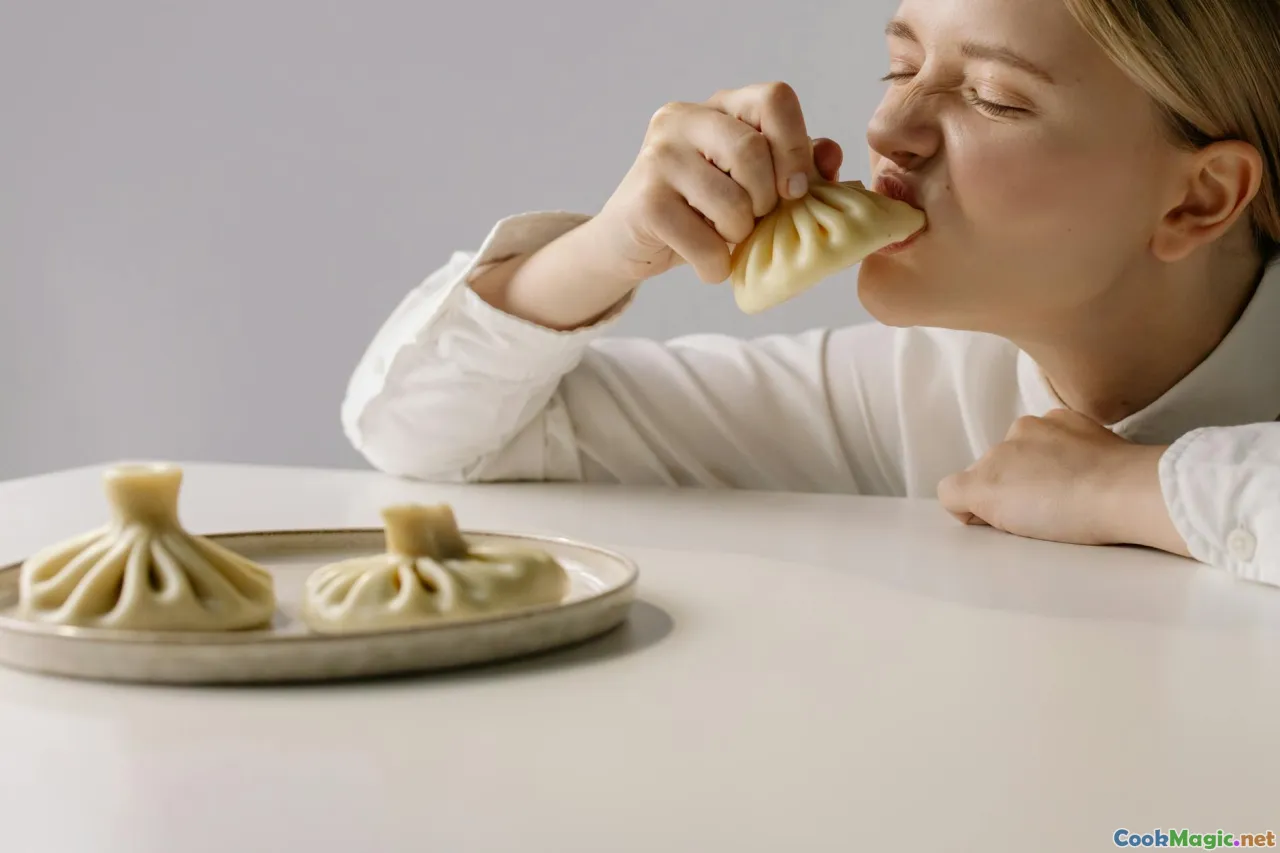
Serve khinkali hot, still steaming, sprinkled with freshly ground black pepper and, optionally, a pinch of crushed red pepper. Traditionally, take hold of the ‘stem’, gently bite into the pleats to sip the flavorful broth, then devour the rest—making sure no juice is wasted.
In Georgia, sharing khinkali is a communal act, often accompanied by vin (local wine) or chacha (fig brandy), reinforcing bonds and storytelling.
Common Mistakes and How to Avoid Them
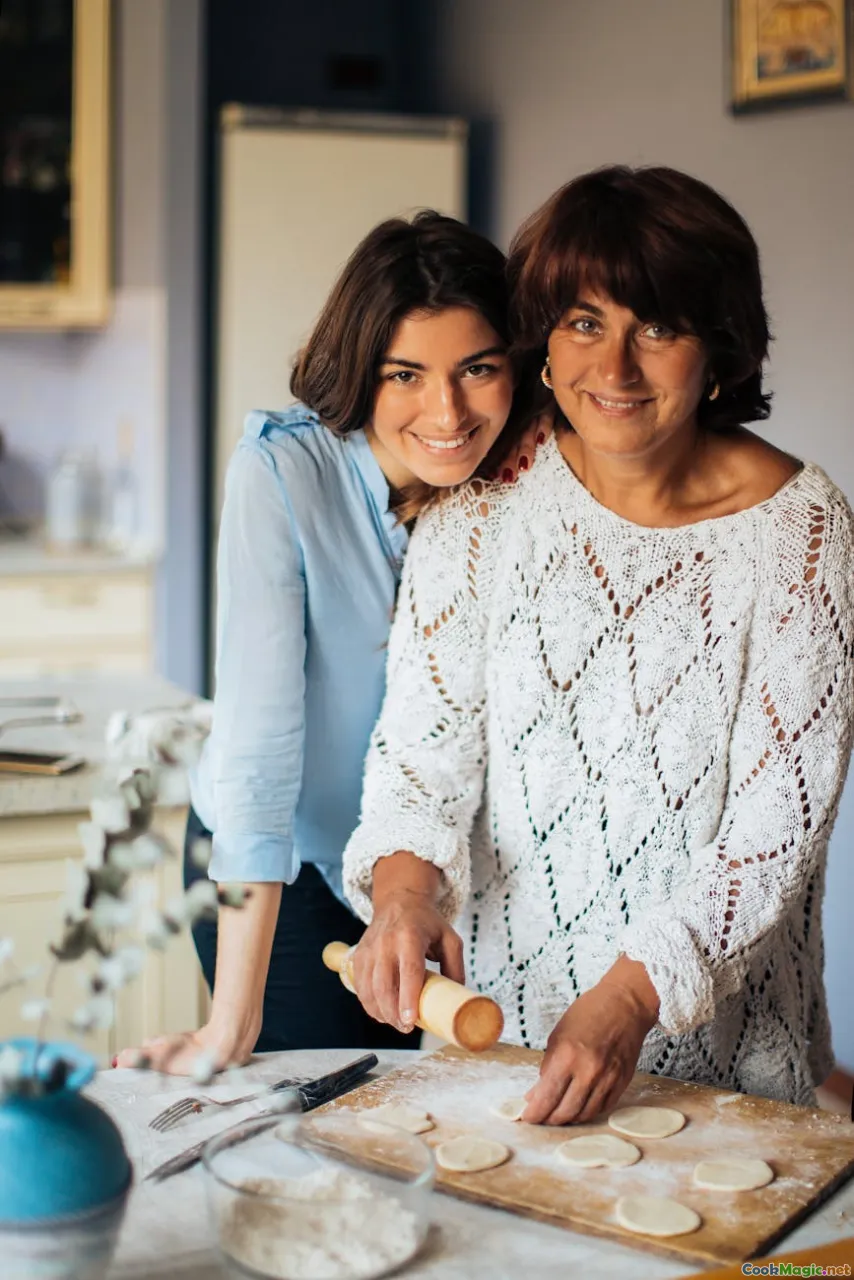
Even with the best intentions, aspiring khinkali makers can falter. Here are pitfalls to watch for:
- Overstuffing: Lead to tearing or exploding during boiling; keep filling moderate.
- Tough dough: Overkneading or inadequate resting results in a brittle crust.
- Weak sealing: Loose pleats cause filling to escape; pinch tightly.
- Crowding the pot: Causes uneven cooking or sticking; cook in batches.
- Skipping the resting stage: Leads to hard dough.
Remember, patience and practice are your best allies—each successful batch brings you closer to Georgian culinary perfection.
Embodying the Spirit of Khinkali
Crafting perfect khinkali isn’t solely a technical achievement; it’s a commitment to honoring a centuries-old tradition that emphasizes hospitality, community, and genuine flavors. When you master these techniques, you’re not merely cooking—you’re participating in a living cultural dialogue, one that invites shared joy and appreciation.
Next time you knead, fill, and pleat, think of the Georgian families gathered around a steaming pot, their laughter blending with the aroma of dill, meat, and spice. That’s the true essence of khinkali.
In your culinary journey, may each khinkali you create be a delicious bridge connecting past and present, recipes and memories—a perfect testament to Georgian soul on a plate.









